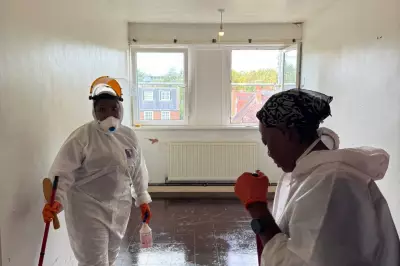
In a significant medical advancement, researchers have developed a groundbreaking treatment for Recessive Dystrophic Epidermolysis Bullosa (RDEB), a rare and excruciating genetic skin disorder. This condition, which causes the skin to blister and tear at the slightest touch, has long posed immense challenges for patients and healthcare providers alike.
The new therapy, which has demonstrated promising results in clinical trials, works by addressing the root genetic cause of RDEB. Unlike traditional treatments that merely manage symptoms, this innovative approach targets the underlying collagen deficiency that characterises the condition.
Life-changing potential
Patients participating in trials reported dramatic improvements in their quality of life, with reduced pain and fewer skin lesions. One participant described the treatment as "transformational," allowing them to perform daily activities that were previously impossible due to constant pain and skin damage.
How the treatment works
The therapy involves:
- Genetically modified skin grafts
- Targeted protein replacement
- Advanced wound care techniques
Medical experts emphasise that while not a complete cure, this treatment represents the most significant progress in RDEB management in decades. "We're seeing wounds heal that previously wouldn't close," noted the lead researcher.
The road ahead
While the results are encouraging, researchers caution that further studies are needed to assess long-term effectiveness. The NHS is currently evaluating the treatment for potential inclusion in its specialised services, which could make it available to UK patients within the next two years.
For the estimated 300 people in the UK living with RDEB, this development offers newfound hope for managing their condition and improving their daily lives.





